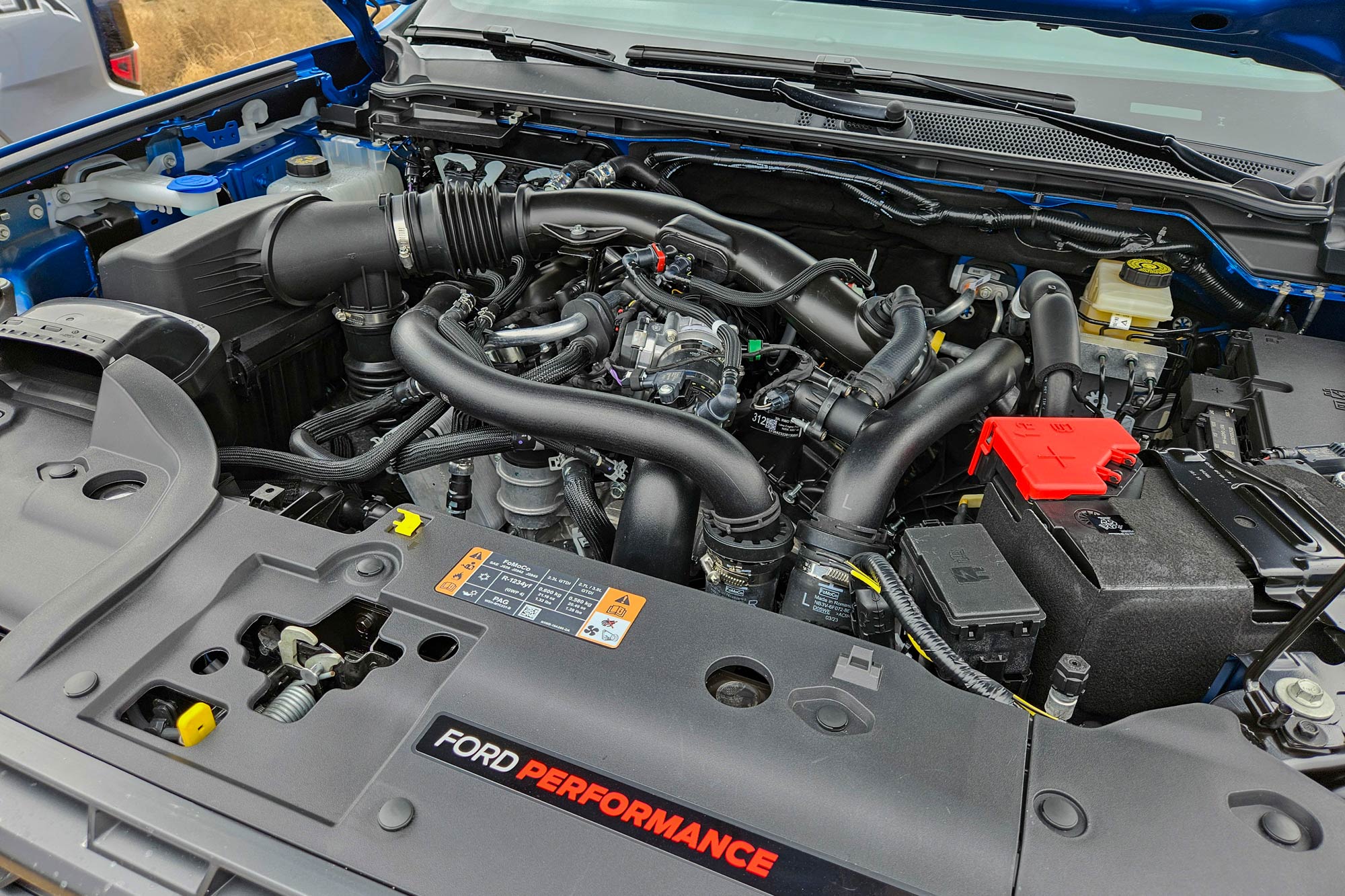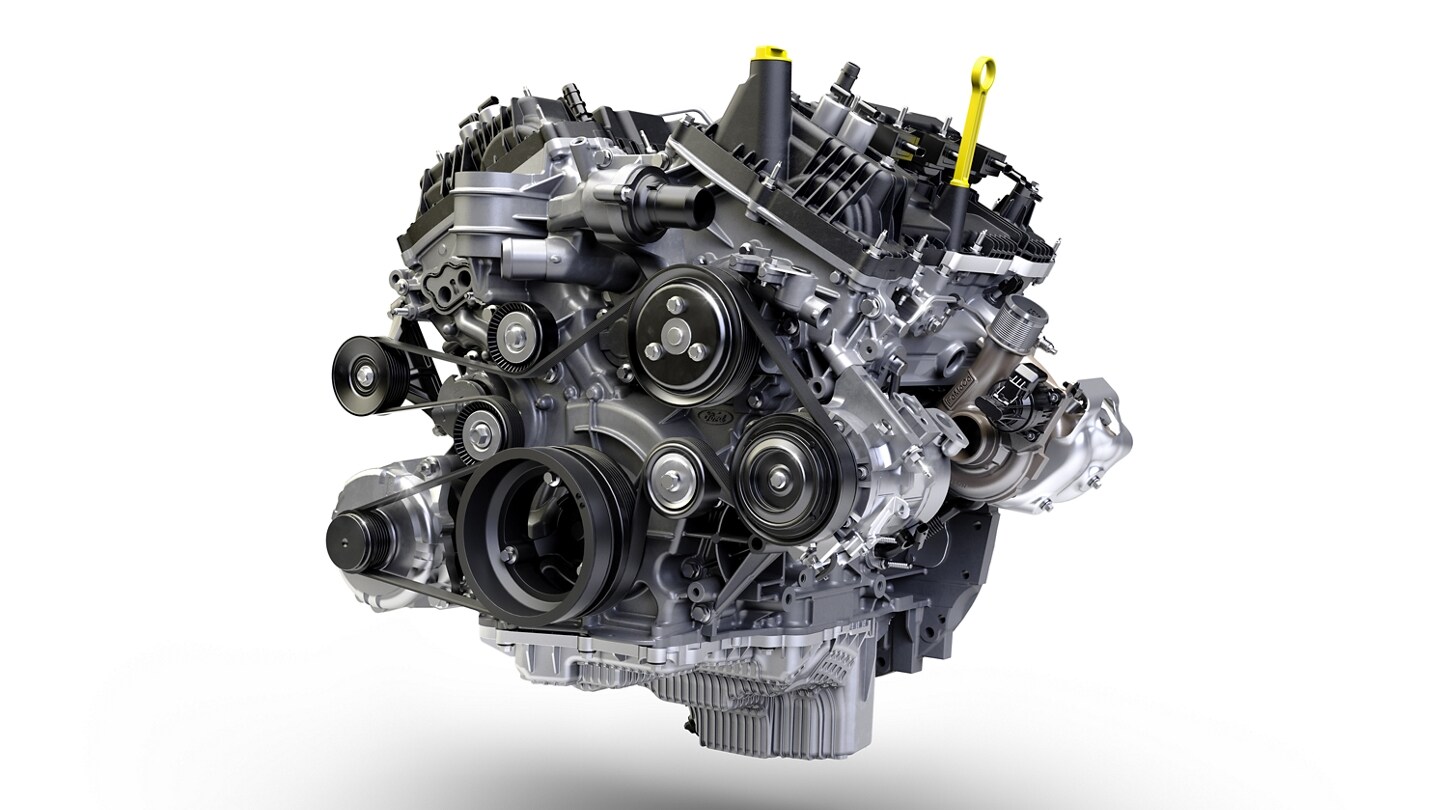How to Maintain and Optimize the 2.2 Ford Ranger Engine for Long-Lasting Performance
Understanding the Fundamentals of Vehicle Engines: Features, functions, and kinds

Review of Automobile Engines
A vehicle engine works as the heart of an automobile, converting fuel into power to propel it forward. This detailed system comprises various elements that operate in unison to guarantee optimal performance and performance. The fundamental procedure of a car engine involves the interior burning procedure, wherein fuel and air are combined, ignited, and eliminated to produce power.
The engine's style can significantly affect its performance, fuel efficiency, and exhausts. Secret elements include the cylinder block, pistons, crankshaft, and camshaft, each playing a critical duty in the engine's overall function.
In enhancement to these elements, engines often use various systems such as gas injection, ignition, and cooling systems to improve efficiency and long life. Recognizing the fundamental technicians of vehicle engines is important for diagnosing problems and doing maintenance, ultimately adding to the car's dependability and performance in time.

Sorts Of Vehicle Engines
Cars and truck engines can be categorized into numerous types based upon their style, gas kind, and functional concepts. 2.2 ford ranger engine. The most common groups consist of internal burning engines (ICE), electric engines, and crossbreed engines
Interior burning engines, which can be more separated into gasoline and diesel motor, run by firing up a fuel-air mixture to produce power. Fuel engines are generally lighter and smoother, while diesel motor are extra fuel-efficient and deal higher torque.
Electric engines make use of electric power stored in batteries to power an electric motor, supplying instantaneous torque and zero emissions throughout operation. As innovation developments, electrical cars (EVs) are progressively ending up being preferred for their ecological benefits and reduced running prices.
Crossbreed engines integrate elements of both interior combustion and electrical engines, permitting adaptable power sources and enhanced fuel effectiveness. They can operate in numerous settings, making use of either the fuel engine, the electric motor, or both at the same time.
Each type of engine has distinct advantages and negative aspects, influencing their application in different car kinds and market sections, from small autos to heavy-duty vehicles. Comprehending these types is crucial for making notified choices regarding lorry selection and efficiency expectations.
Engine Functions Explained
Recognizing engine functions is important for realizing exactly how vehicles run successfully. At the core of any kind of inner combustion engine lies the essential procedure of converting fuel right into power. This procedure begins with the consumption stroke, where air and fuel are attracted right into the combustion chamber. Following this, the compression stroke presses the air-fuel combination, raising its temperature and pressure.
The ignition occurs next, sparking the mixture and creating a quick development of gases. This force drives the piston down during the power stroke, which eventually translates into the rotational activity of the crankshaft. The exhaust stroke then removes the spent gases from the chamber, giving way for a brand-new cycle to commence.
Along with these primary features, engines additionally include systems that manage air conditioning and lubrication, making sure optimum functional temperature levels and reducing friction between moving parts. This intricate interaction of functions makes it possible for the engine to create the power required for car propulsion while preserving effectiveness and reliability. Understanding these features provides important understanding into the complexities of automotive engineering and boosts the he has a good point ability to detect and deal with engine-related concerns efficiently.
Secret Engine Features
Engine style incorporates several key features that substantially influence efficiency, sturdiness, and performance. Among one of the most critical elements is the engine setup, which includes inline, V-type, and level styles. Each arrangement impacts the engine's power, equilibrium, and dimension output, thereby affecting general vehicle dynamics.
An additional essential feature is the engine variation, referring to the total volume of all cylinders. Larger displacements normally produce more power however may compromise fuel efficiency. Engine materials additionally play a crucial function; lightweight and visit their website high-strength products, such as aluminum and magnesium alloys, improve performance without including excessive weight.
The type of gas injection system utilized-- such as multi-port or straight injection-- influences combustion efficiency and discharges. Turbocharging and supercharging are attributes that enhance engine performance by compeling extra air into the burning chamber, boosting power output without considerably increasing engine dimension.
Last but not least, the presence of innovative engine monitoring systems maximizes fuel-air combination and ignition timing, contributing to smoother operation and much better fuel economic situation. Jointly, these attributes define an engine's abilities, establishing the foundation for its performance and longevity in an affordable auto landscape.
Maintenance Tips for Engines
Correct engine upkeep is vital for guaranteeing ideal performance and durability, as disregarding routine care can result in considerable issues down the line. To preserve your engine successfully, begin with routine oil changes, normally every 3,000 to 7,500 miles, depending upon the kind of oil utilized. Fresh oil lubricates engine parts, minimizing rubbing and wear.
Furthermore, keeping an eye on coolant degrees is vital to stop getting too hot. Ensure that the coolant is covered up and remains in great problem to keep reliable temperature level law. Consistently change and inspect air and fuel filters, as clogged filters can impede air flow and gas distribution, compromising engine performance.
In addition, focus on trigger plugs and ignition systems. Malfunctioning or worn ignition system can bring about misfiring and lowered efficiency. Examining the battery terminals and connections for corrosion is also essential, as a weak battery can influence engine beginning.
Conclusion
In recap, a thorough understanding of car engines encompasses various types, functions, and key functions that considerably affect vehicle efficiency. Internal burning engines, together with electrical and hybrid choices, show varied mechanisms for power conversion. 2.2 ford ranger engine. Acknowledging the necessary features, such as consumption and exhaust cycles, along with essential engine attributes like configuration and gas shot Get the facts systems, furnishes automobile proprietors with the understanding needed for efficient upkeep and procedure, eventually boosting automobile durability and efficiency
A cars and truck engine offers as the heart of a car, converting fuel into mechanical energy to move it ahead. The fundamental procedure of a car engine entails the inner combustion process, where gas and air are mixed, sparked, and gotten rid of to create power.
Consistently evaluate and replace air and gas filters, as blocked filters can prevent air movement and gas distribution, jeopardizing engine efficiency. - 2.2 ford ranger engine
In summary, an extensive understanding of vehicle engines includes various kinds, functions, and key attributes that substantially affect automobile performance. Recognizing the crucial features, such as intake and exhaust cycles, together with vital engine features like arrangement and gas shot systems, furnishes car owners with the expertise needed for reliable maintenance and procedure, eventually boosting lorry durability and performance.